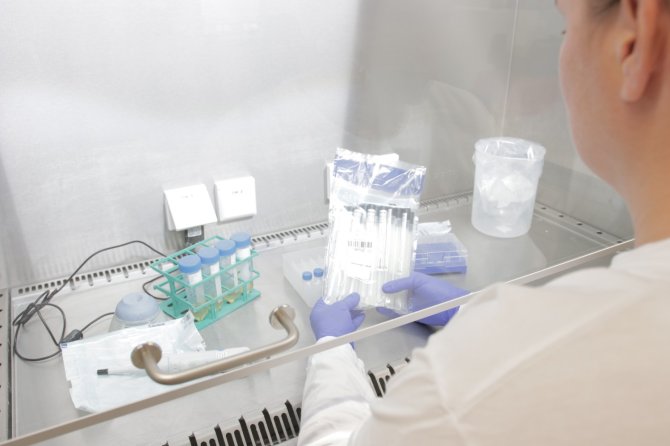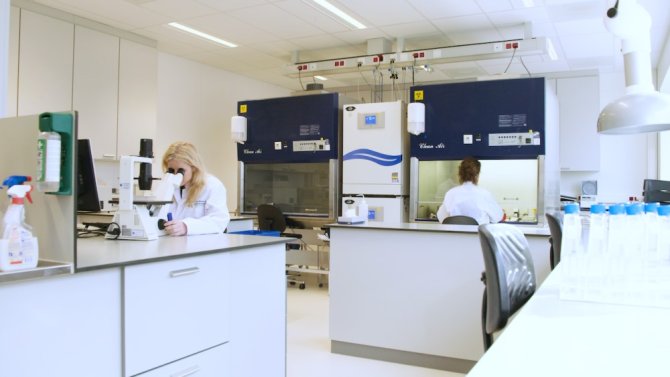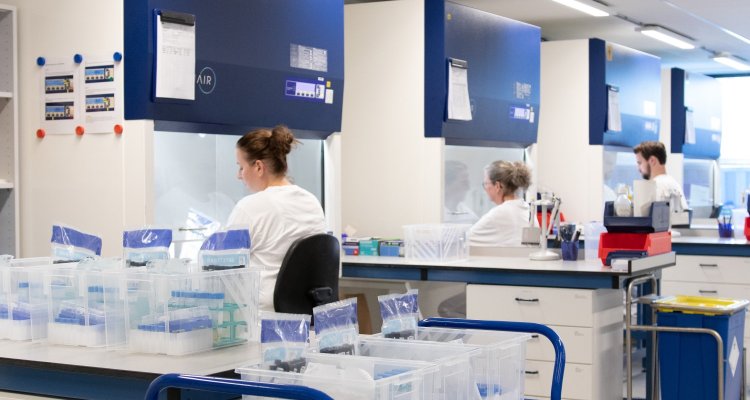
category_news
Veterinary diagnostics common thread in 120 years of WBVR
Wageningen Bioveterinary Research (WBVR) occupies a central position in the diagnostics of animal diseases in the Netherlands. In the 120 years since its foundation, the research institute has built up broad knowledge of veterinary diagnostics. WBVR has over 300 diagnostic tests for the detection of animal diseases, and is the National Reference Laboratory (NRL) for many notifiable animal diseases.
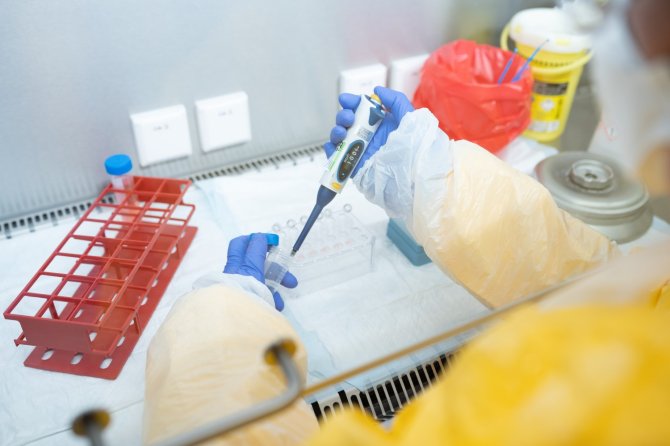
The first predecessor of the institute in Lelystad was the Rijksseruminrichting (RSI) in Rotterdam, founded in 1904. At the time, RSI conducted research on pig diseases, tuberculosis and the control of spot disease. In 1929, the State Veterinary Research Institute (SVOI) was established in Amsterdam. At the time, this institute focused specifically on research into foot-and-mouth disease (FMD). In the late 1950s, the two research institutes merged to form the Central Veterinary Institute (CDI). “From then on, the focus was no longer on one particular disease, but shifted to broadly oriented fundamental and application-oriented veterinary research,” says Jeanet van der Goot, head of the department Diagnostics & Crisis Organisation at Wageningen Bioveterinary Research (the former CDI, now WBVR and part of Wageningen University & Research). Part of the work also included developing vaccines and diagnostic tests. “All aimed at controlling and preventing animal diseases.”
Relocation
To optimally facilitate work with (infectious) animal diseases, FMD research moved to Lelystad in the early 1970s. In the newly build polder – Flevopolder, reclamed from the IJssel lake − buildings were constructed in which it was possible to work with live virus: the High Containment Unit (HCU). These unique facilities still prove their value today. “Thanks to the HCU, we can conduct research on various infectious diseases and design or optimise diagnostic tests,” says Van der Goot. The HCU offers the possibility to conduct research up to veterinary Biosafety Level 4 (vBSL4) and human Biosafety Level 3 (hBSL3).
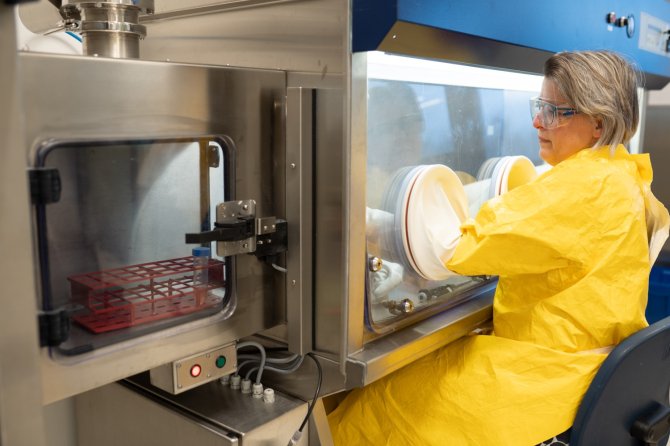
Vaccine development
The diagnostics department of the CDI (now WBVR) was instrumental in discovering pathogens as well as finding methods to control diseases. An important step in the institute's history included developing a marker vaccine and defining the Differentiating Infected from Vaccinated Animals (DIVA) principle for vaccines with associated diagnostics. A methodology that is of great significance today in developing and testing vaccines for example against Avian influenza.
Testing
WBVR currently offers more than 300 diagnostic veterinary tests as a commercial service for a wide variety of animal species, ranging from farm animals and fish to pets and wild fauna. “In addition, we also deploy our expertise to develop and optimise tests so that we can strengthen our diagnostics and also facilitate the various research projects.”
Development
“Our staff are experts in developing and validating veterinary tests. This is a joint effort of a multidisciplinary team of experts in bacteriology, virology, immunology, molecular biology and veterinary epidemiology. Combining these disciplines with state-of-the-art techniques enables the development of specific and sensitive diagnostics for different applications,” according to WBVR director Annemarie Rebel.
Mission
Based on its mission - a world in which animals and humans live healthily together - WBVR focuses on acquiring as much knowledge as possible about pathogens, disease development and control, as well as prevention and health. Besides focusing on diagnostics, WBVR bases its research on the themes ‘Resilient animal husbandry’, ‘One Health’ and ‘High-tech animal models - including 3Rs’.
